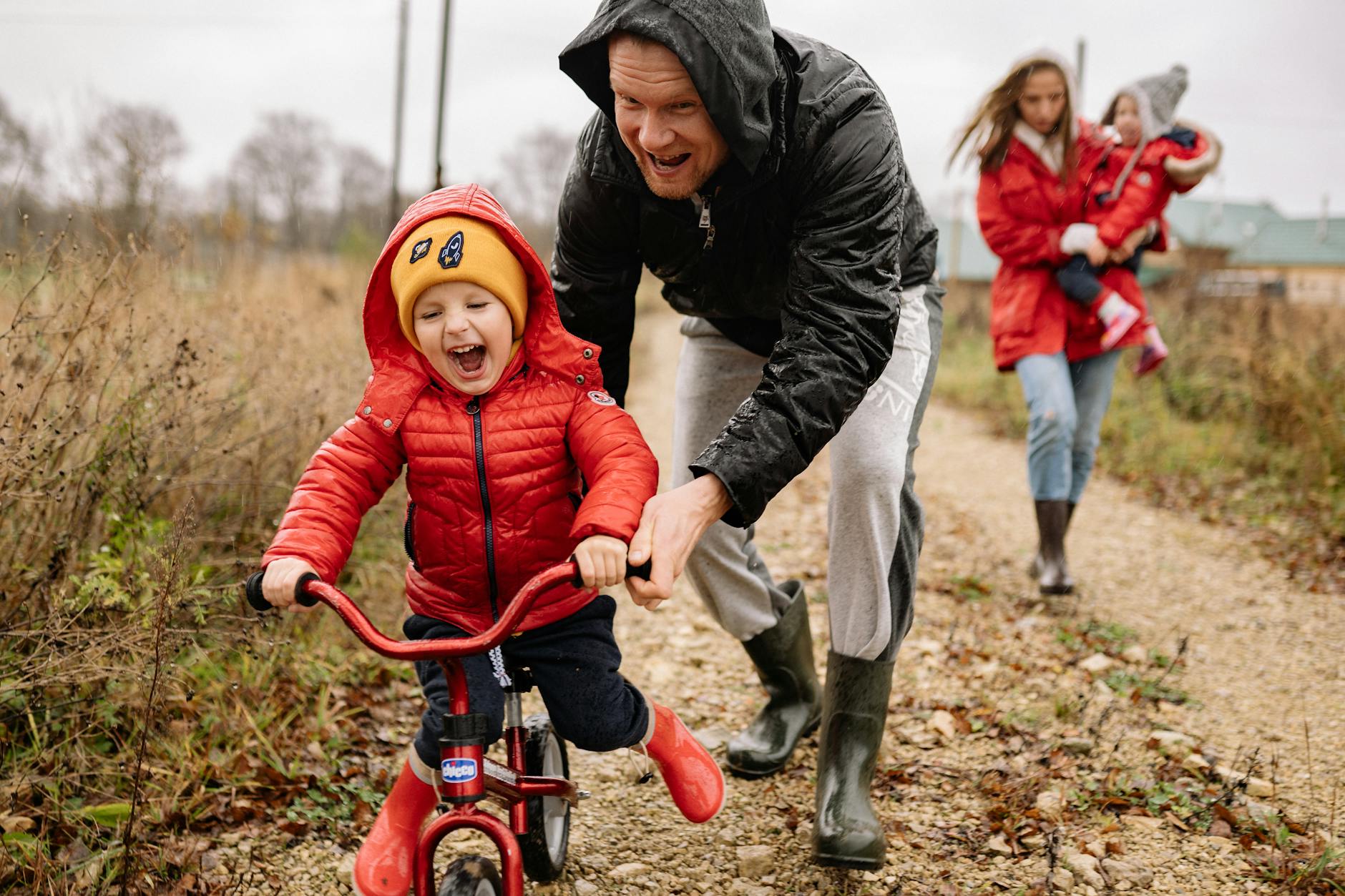Discover the secret to finding the perfect bike size for your child with expert tips and tricks in this guide!
Table of Contents
When it comes to cycling, choosing the right bike size for children is crucial for their safety and comfort. Riding a bike that is the correct size not only enhances the child’s biking experience but also reduces the risk of accidents and injuries. In this guide, we will explore how parents can determine the perfect bike size for their kids, along with essential safety tips for cycling with children. Additionally, we will recommend some of the best balance bikes for 2-year-olds to kickstart their biking journey.
How to Choose the Right Bike Size for Children
Before purchasing a bike for your child, there are several factors to consider to ensure that it is the correct size. One of the most important factors is the child’s age, as bikes are designed with specific age ranges in mind to accommodate different growth stages. In addition to age, height plays a significant role in determining the right bike size for a child. To accurately measure your child’s height, have them stand against a wall and measure from the floor to the top of their head.
Another crucial measurement to consider is the child’s inseam, which is the distance from the crotch to the floor. This measurement is essential for determining if the child can comfortably straddle the bike and reach the ground with their feet while sitting on the saddle. Ensuring that the child can touch the ground with their toes while seated on the bike is vital for maintaining balance and stability while riding.
When selecting a bike size, it is important to consider the child’s comfort and safety. The child should be able to reach the handlebars and pedals without straining, allowing for proper riding posture. A bike that is too large can be difficult to control, while a bike that is too small may cause discomfort and hinder the child’s cycling experience.
Safety Tips for Cycling with Kids
While cycling can be a fun and enjoyable activity for the whole family, safety should always be a top priority when riding with children. One of the most crucial safety precautions is ensuring that children wear helmets while cycling. Helmets help protect the head in case of falls or collisions, reducing the risk of head injuries.
Teaching children basic safety rules for cycling is also essential. Educate your child on hand signals for turning and stopping, as well as the importance of obeying traffic rules and staying alert while riding. Setting boundaries and rules for where children can ride their bikes can help prevent accidents and ensure their safety.
Additionally, it is essential to equip children’s bikes with reflective gear, such as lights and reflective tape, to increase visibility, especially when cycling in low-light conditions. Teaching children to be aware of their surroundings and to watch out for potential hazards on the road can further enhance their safety while cycling.
Best Balance Bikes for 2-Year-Olds
Balance bikes are an excellent way to introduce young children to cycling and help them develop balance and coordination skills. These pedal-less bikes allow children to learn the basics of riding a bike while focusing on balance and steering. When selecting a balance bike for a 2-year-old, it is essential to consider factors such as size, weight, and durability.
Some of the best balance bikes for 2-year-olds include models that are lightweight and easy for young children to handle. Look for bikes with adjustable seats and handlebars to accommodate the child’s growth and ensure a comfortable fit. Durable materials and construction are also key factors to consider when choosing a balance bike that can withstand the wear and tear of regular use.
Popular choices for balance bikes for 2-year-olds include models with low step-through frames for easy mounting and dismounting, as well as puncture-proof tires for a smooth and hassle-free riding experience. Consider features such as padded seats and handlebar grips for added comfort, along with safety features such as hand brakes for better control.
Maintenance Tips for Children’s Bikes
Regular maintenance is essential to keep children’s bikes in good working condition and ensure their safety while riding. Simple tasks such as checking tire pressure, tightening bolts, and lubricating moving parts can help prevent accidents and prolong the lifespan of the bike.
Inspect the bike regularly for signs of wear and tear, such as worn tires, loose chains, or damaged brakes. Replace any worn or damaged parts promptly to prevent further issues and maintain the bike’s performance. Teach children basic maintenance tasks, such as cleaning their bike and checking for loose parts, to instill good habits and promote bike safety.
Knowing when to seek professional help for bike repairs and maintenance is also crucial. If you are unsure about how to fix a particular issue or if the bike requires extensive repairs, consult a bike mechanic or visit a local bike shop for assistance. Regular maintenance and care for children’s bikes not only ensure their safety but also promote a positive cycling experience for young riders.
Conclusion
Choosing the right bike size for children and prioritizing safety while cycling are essential aspects of promoting a safe and enjoyable biking experience for kids. By considering factors such as age, height, and inseam measurement when selecting a bike size, parents can ensure that their child rides comfortably and safely. Teaching children basic safety rules for cycling and equipping them with reflective gear further enhance their safety on the road.
Introducing young children to cycling with balance bikes offers a fun and effective way to develop their biking skills and confidence. By selecting the best balance bike for a 2-year-old and providing proper maintenance and care, parents can support their child’s cycling journey and encourage a lifelong love for biking. Remember, size matters when it comes to children’s bikes, so choose wisely and prioritize safety for a fulfilling and safe biking experience.

